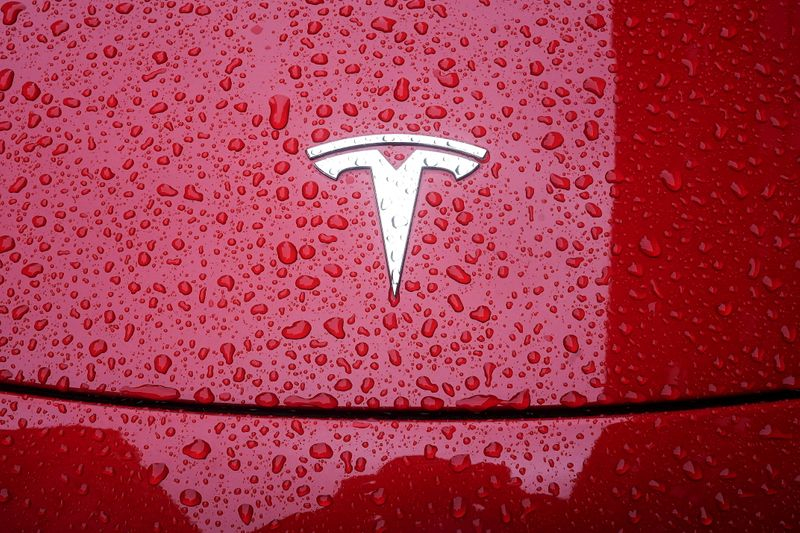Automated steering ‘not available’ on Texas road where Tesla crashed -NTSB By Reuters

By David Shepardson and Hyunjoo Jin
WASHINGTON (Reuters) -U.S. safety officials investigating the cause of a Tesla Model S crash that killed two men in Texas last month said on Monday that testing suggested the vehicle’s automated steering system was “not available” on the road where the accident occurred.
But the car’s cruise-control function could still have been in operation, the National Transportation Safety Board (NTSB) said in its preliminary report.
The report drew no conclusions about the cause and circumstances of the fiery April 17 crash in a suburb of Houston. The NTSB and local police are still investigating.
Local police have said they believed the crash occurred with no one in the driver’s seat, raising questions about Tesla’s driver-assistance systems.
The NTSB said footage from the owner’s home security cameras showed the owner entering the driver’s seat and the passenger entering the front passenger seat.
The accident has raised fresh questions about the safety of Tesla Inc’s “Autopilot” system. Tesla Chief Executive Elon Musk said last month Autopilot could not have been engaged in the vehicle involved in the Texas crash.
Tesla shares fell 6.4% to close at $629.04 on Monday.
The NTSB report makes clear that Autopilot is in fact two systems. One is a “Traffic-Aware Cruise Control” that controls the vehicle’s speed and distance from vehicles up ahead. The second is “Autosteer” which governs lateral steering movements. Both must be engaged for Autopilot to be considered in operation.
NTSB said its tests of a similar car at the crash location showed that Traffic-Aware Cruise Control could be engaged but that Autosteer was “not available on that part of the road.”
Autosteer assists within “clearly marked lanes” and is not always available. Tesla says on its website it plans an “upcoming” Autosteer release for use on city streets.
Tesla says Traffic-Aware Cruise Control matches a car’s speed to that of surrounding traffic, while Autosteer assists in steering.
Tesla and police in Texas did not respond to a request for comment.
The electric car maker said during an April 27 conference call to discuss quarterly results that a study with investigators showed Autosteer “did not and could not engage on the road condition” during the Texas crash.
The crash in Spring, Texas, killed the 59-year-old owner, William Varner, an anesthesiologist, and the passenger, aged 69.
The Tesla traveled 550 feet (167.64 m) before departing the road on a curve, driving over the curb, and hitting a drainage culvert, a raised manhole, and a tree, the NTSB said.
It said the crash damaged the front of the car’s high-voltage lithium-ion battery case, where a massive fire started. The fire destroyed the car, including the onboard storage device, and NTSB released a photo of the charred remains of the vehicle.
The NTSB said the car’s restraint control module, which can record data associated with vehicle speed, belt status, acceleration, and airbag deployment, was recovered but sustained fire damage.
In addition to the NTSB, the National Highway Traffic Safety Administration is also investigating the crash. NHTSA, the federal agency responsible for vehicle safety, has opened 28 investigations into crashes of Tesla vehicles, 24 of which remain active. At least four, including the fatal Texas accident, have occurred since March.

